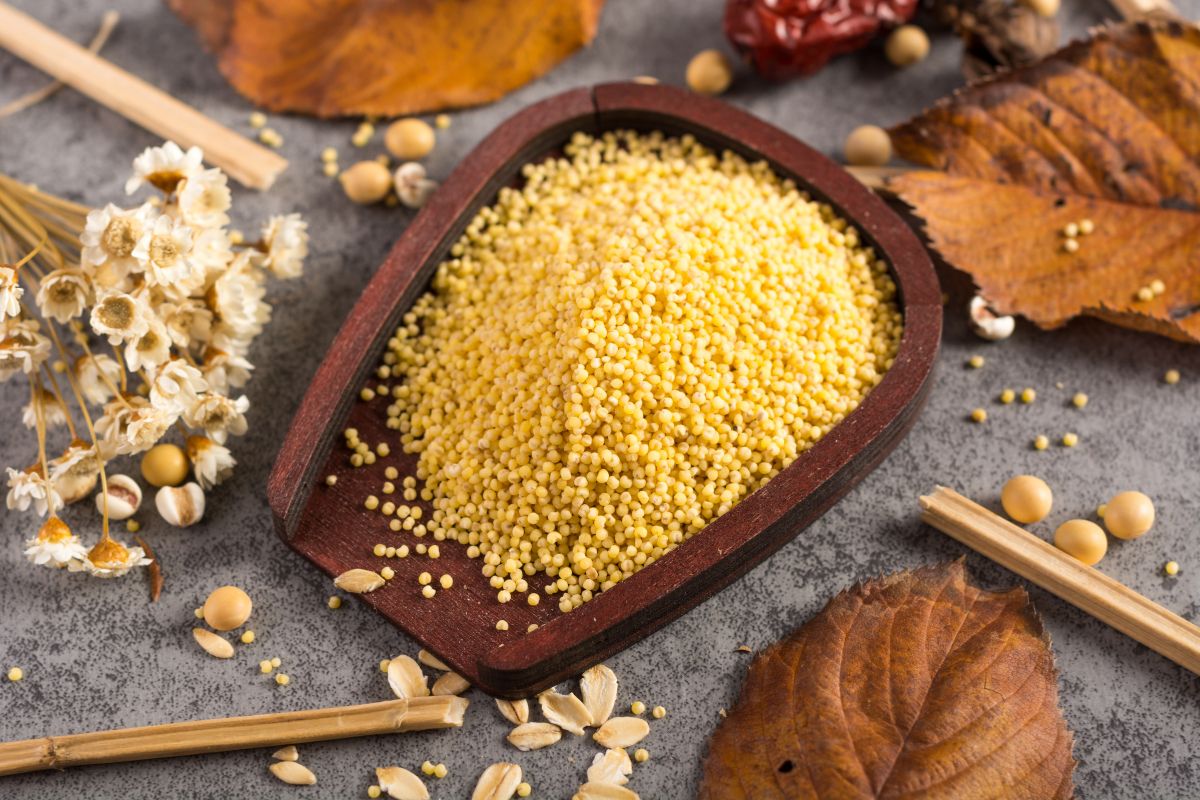


Don’t be deceived by the term “little millets”. Little millets might be tiny but it’s nutrient packed. They have grown for ages mostly in Asia and africa. However their popularity has soared across the globe partly because they are a good source of fibre, iron, and calcium. They are also gluten-free, making them a great option for people with celiac disease or gluten sensitivity. This article covers everything you need to know about little millets including its benefits, and downsides. Keep reading!
Table of Contents
ToggleLittle millet is called little because of its size as compared to other millet varieties. These millet seeds are some of the smallest among all cereal crops.
What makes little millet stand out among the host of other types of millets is because:
Also Read: Woman Discovers Dead Insect in Burger King Order
Here are some of the amazing benefits of little millets:
Looking for ways to incorporate these little (mighty) millets to your diet? Here you go:
These are just a few of what little millet can do to your meal. It is not surprising they are also praised not only for the health benefits but also versatility.
Little millet is a great grain for kids. It is packed with nutrients and easy to digest. Its high iron and calcium help bones grow and prevent anemia. Plus, essential amino acids support overall growth. Introducing soft foods like porridge or pancakes early can help kids develop healthy eating habits.
Its mild flavor appeals to young tastes. Plus, being gluten-free makes it easy on growing digestive systems. Adding little millet to a child’s diet can be a simple yet powerful way to boost nutrition in formative years.
While little millets boast of many benefits, there are a couple of cases where they are best avoided. Do not take little millet if:
The benefits of little millets outweigh the drawbacks for most people. They are a healthy meal that can serve many purposes in your kitchen, making them a valuable addition for a balanced diet. If you’re looking to try out new and nutritious options, little millets are definitely worth trying!

